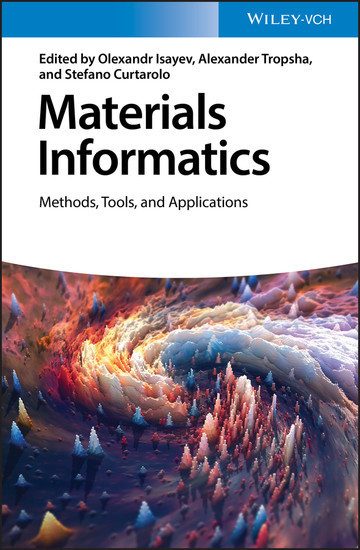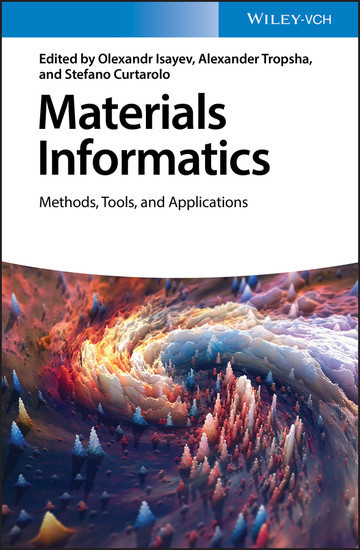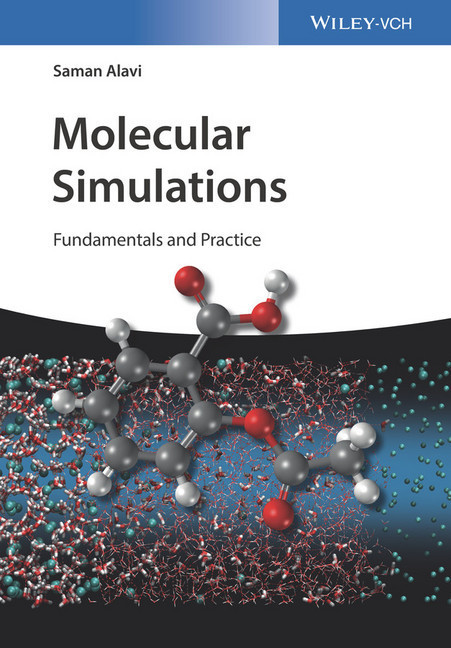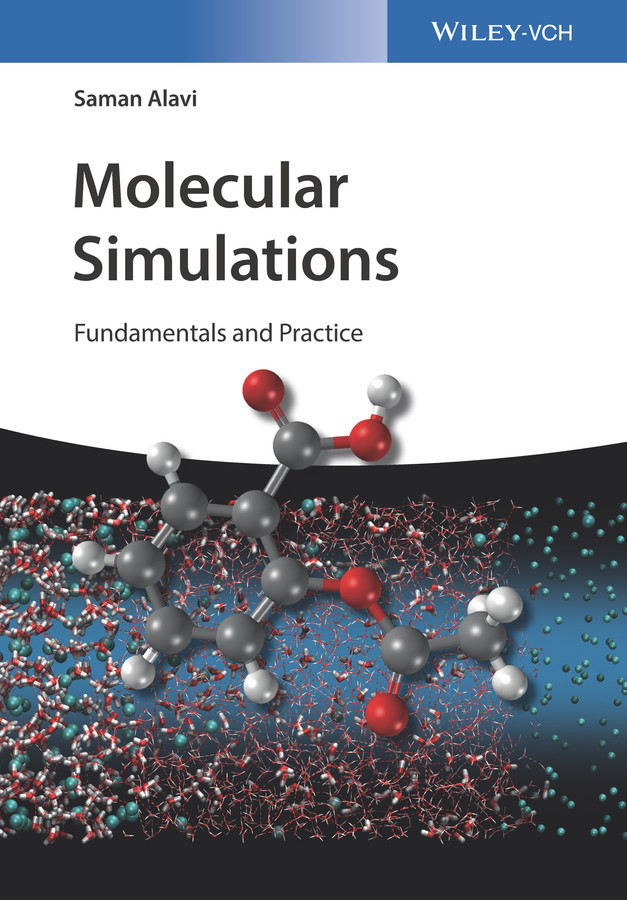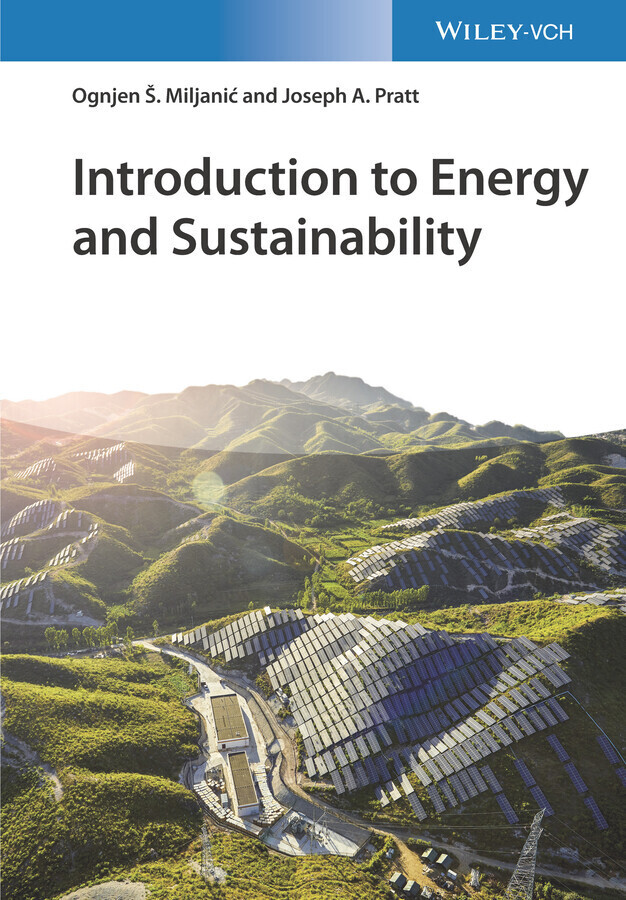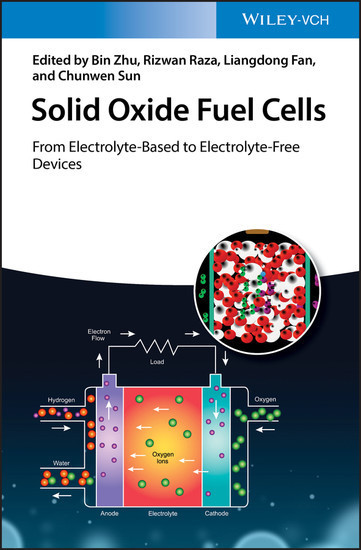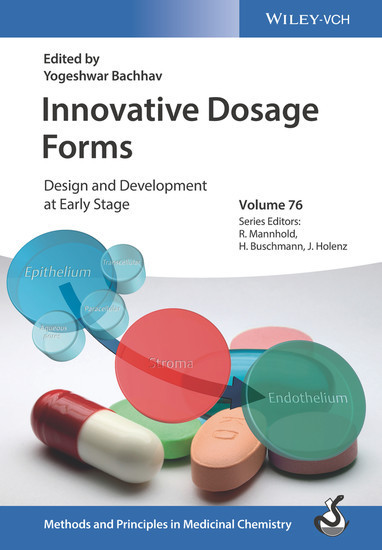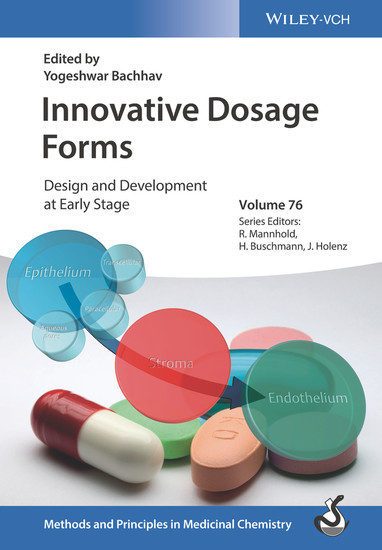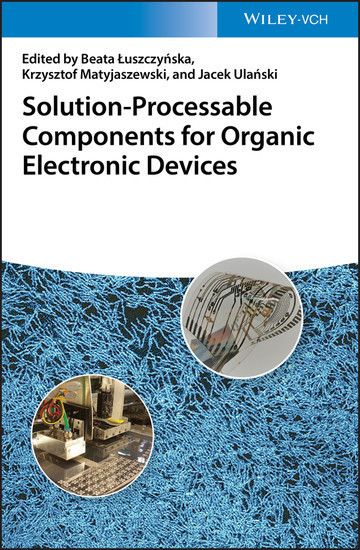Materials Informatics
Methods, Tools, and Applications
Provides everything readers need to know for applying the power of informatics to materials science
There is a tremendous interest in materials informatics and application of data mining to materials science. This book is a one-stop guide to the latest advances in these emerging fields. Bridging the gap between materials science and informatics, it introduces readers to up-to-date data mining and machine learning methods. It also provides an overview of state-of-the-art software and tools. Case studies illustrate the power of materials informatics in guiding the experimental discovery of new materials.
Materials Informatics: Methods, Tools and Applications is presented in two parts?Methodological Aspects of Materials Informatics and Practical Aspects and Applications. The first part focuses on developments in software, databases, and high-throughput computational activities. Chapter topics include open quantum materials databases; the ICSD database; open crystallography databases; and more. The second addresses the latest developments in data mining and machine learning for materials science. Its chapters cover genetic algorithms and crystal structure prediction; MQSPR modeling in materials informatics; prediction of materials properties; amongst others.
-Bridges the gap between materials science and informatics
-Covers all the known methodologies and applications of materials informatics
-Presents case studies that illustrate the power of materials informatics in guiding the experimental quest for new materials
-Examines the state-of-the-art software and tools being used today
Materials Informatics: Methods, Tools and Applications is a must-have resource for materials scientists, chemists, and engineers interested in the methods of materials informatics.
There is a tremendous interest in materials informatics and application of data mining to materials science. This book is a one-stop guide to the latest advances in these emerging fields. Bridging the gap between materials science and informatics, it introduces readers to up-to-date data mining and machine learning methods. It also provides an overview of state-of-the-art software and tools. Case studies illustrate the power of materials informatics in guiding the experimental discovery of new materials.
Materials Informatics: Methods, Tools and Applications is presented in two parts?Methodological Aspects of Materials Informatics and Practical Aspects and Applications. The first part focuses on developments in software, databases, and high-throughput computational activities. Chapter topics include open quantum materials databases; the ICSD database; open crystallography databases; and more. The second addresses the latest developments in data mining and machine learning for materials science. Its chapters cover genetic algorithms and crystal structure prediction; MQSPR modeling in materials informatics; prediction of materials properties; amongst others.
-Bridges the gap between materials science and informatics
-Covers all the known methodologies and applications of materials informatics
-Presents case studies that illustrate the power of materials informatics in guiding the experimental quest for new materials
-Examines the state-of-the-art software and tools being used today
Materials Informatics: Methods, Tools and Applications is a must-have resource for materials scientists, chemists, and engineers interested in the methods of materials informatics.
Olexandr Isayev, PhD, is Assistant Professor at UNC Eshelman School of Pharmacy, University of North Carolina at Chapel Hill.
Alexander Tropsha, PhD, is K.H. Lee Distinguished Professor and Associate Dean for Pharmacoinformatics and Data Science at the UNC Eshelman School of Pharmacy, University of North Carolina at Chapel Hill.
Stefano Curtarolo, PhD, is Professor in Materials Science, Electrical Engineering, and Physics and Director of the Center for Materials Genomics at Duke University, North Carolina.
Isayev, Olexandr
Tropsha, Alexander
Curtarolo, Stefano
| ISBN | 9783527802272 |
|---|---|
| Artikelnummer | 9783527802272 |
| Medientyp | E-Book - ePUB |
| Copyrightjahr | 2019 |
| Verlag | Wiley-VCH |
| Umfang | 304 Seiten |
| Sprache | Englisch |
| Kopierschutz | Adobe DRM |

